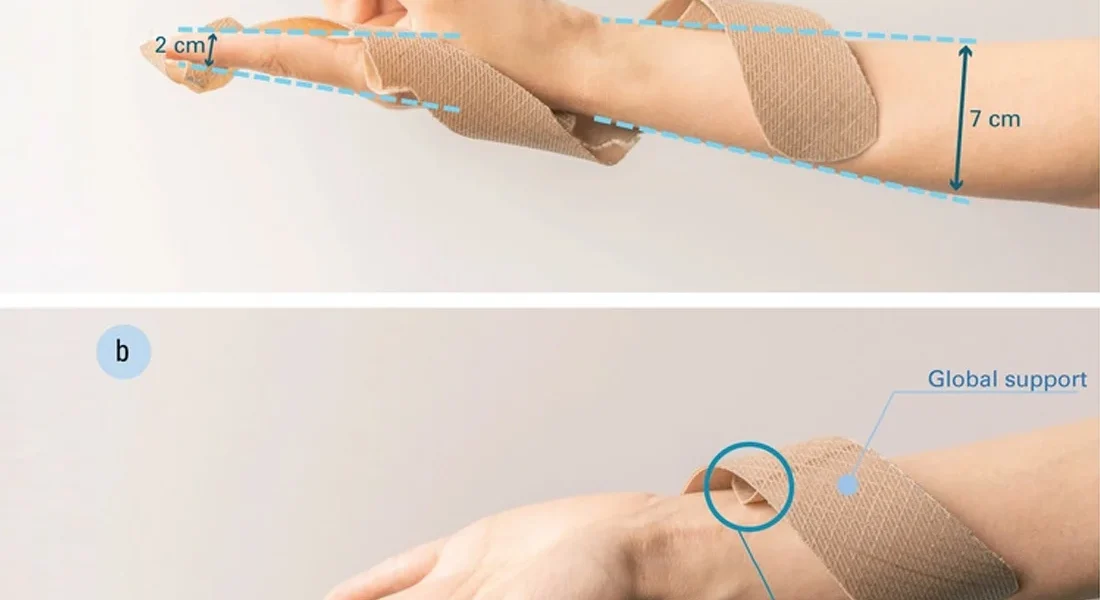Researchers at the University of Stuttgart and the University of Freiburg have developed an innovative method to create a self-adjusting and self-tightening wearable medical device using 4D printing.
Influenced by the high-quality propagation mechanism of Dioscorea bulbifera (air potato plant), the printed devices are capable of performing complex movements when they come in contact with moisture.
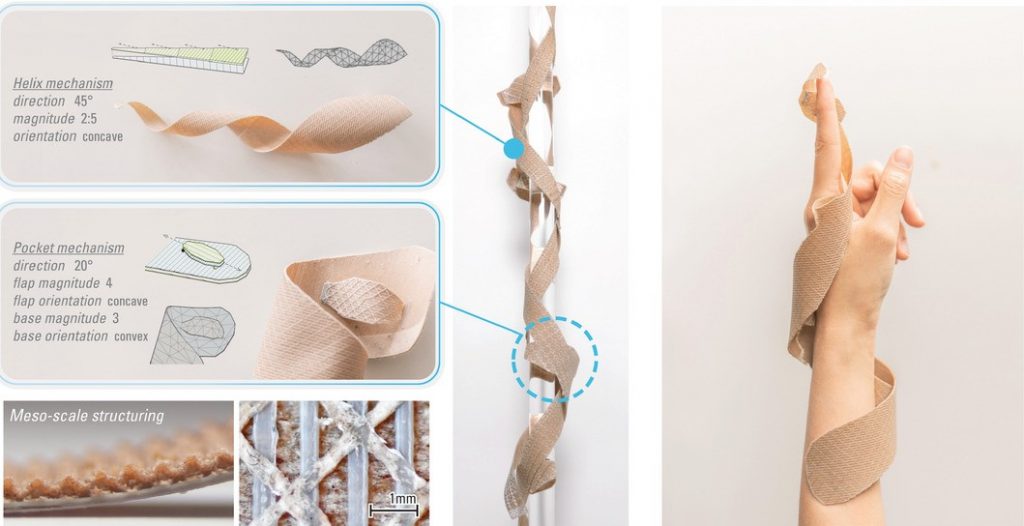
4D printing has even been used to create a self-tightening wrist splint (expands or contracts adaptively) that wraps around a user’s arm. It indeed is a great bio-inspired solution for people who need such flexible and effective wearable devices.
4D-printing predetermines shape changes
3D printing has become a popular manufacturing process in various industries. When the shape of 3d printed material is set to change over time, the material is called a 4D print.
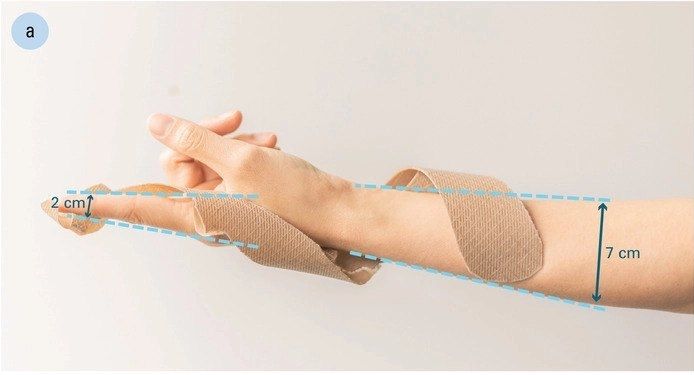
It is even used for printing intelligent devices and materials that are in motion after 3D printing while changing their shape from environmental factors, like temperature, moisture, or light.
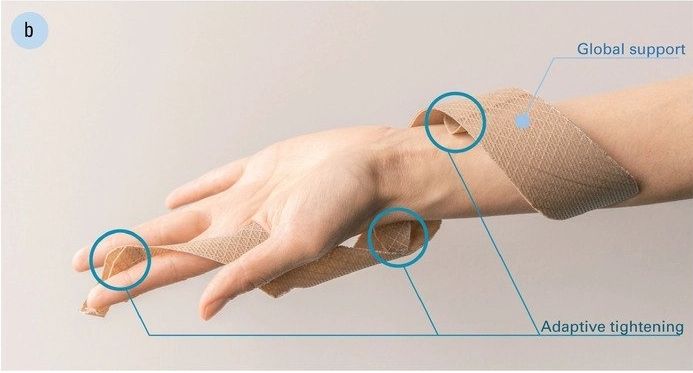
Even 4D printing can predetermine the changes in the shape of devices triggered by a stimulus. This immensely exceeds the application potential of different material systems. All these changes in form happen due to the chemical composition of different materials that consist of various stimuli-responsive polymers. However, the machines and printers used for producing such materials are custom-made and highly expensive until now.
4D printed self-tightening wrist splint
To mimic the movement mechanism of air potato, scientists worked on a computational design strategy that involved selective printing of the ‘bend lines’ in a specific geometry of a wrist splint. Just like creases are formed on paper, such bend lines are created to determine where, how, and to what extent the wrist splint will bend on being exposed to moisture.
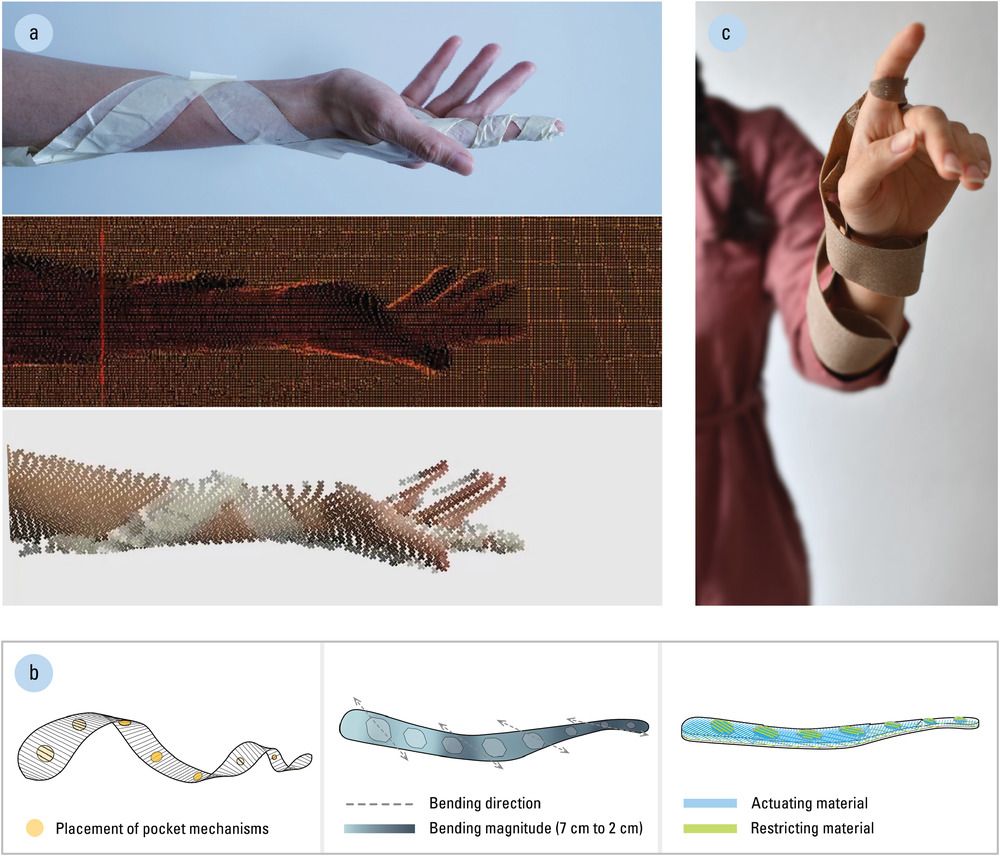
Even the choice of material was vital here, as the functionality of the splint would depend on a material that’s responsive to moisture. So, the team decided to use a wood-polymer composite. This material can absorb and release moisture with convenience.
The 4D printed splint also had various stabilizing and swelling layers that work in collaboration with bend lines for achieving a helix-like shape. Furthermore, the team made 4D printed pockets on its surface to make the splint push the helix in an outward direction for creating tension in a device. This would ultimately result in the contraction of the whole splint. It further enables the wearable device to self-tighten around the wrist of a wearer for a custom, snug fit. Meanwhile, it offers proper support to the wrist.
Source: University of Freiburg
